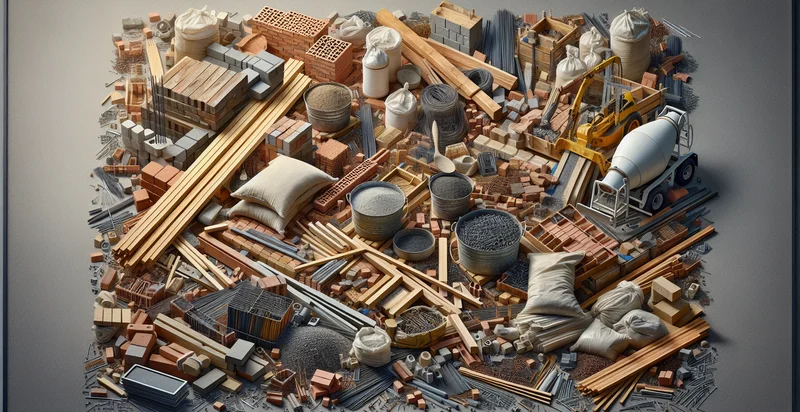Identify aerial views of construction sites
using AI
Below is a free classifier to identify aerial views of construction sites. Just upload your image, and our AI will predict if the site is under construction - in just seconds.

Contact us for API access
Or, use Nyckel to build highly-accurate custom classifiers in just minutes. No PhD required.
Get started
import nyckel
credentials = nyckel.Credentials("YOUR_CLIENT_ID", "YOUR_CLIENT_SECRET")
nyckel.invoke("aerial-views-of-construction-sites", "your_image_url", credentials)
fetch('https://www.nyckel.com/v1/functions/aerial-views-of-construction-sites/invoke', {
method: 'POST',
headers: {
'Authorization': 'Bearer ' + 'YOUR_BEARER_TOKEN',
'Content-Type': 'application/json',
},
body: JSON.stringify(
{"data": "your_image_url"}
)
})
.then(response => response.json())
.then(data => console.log(data));
curl -X POST \
-H "Content-Type: application/json" \
-H "Authorization: Bearer YOUR_BEARER_TOKEN" \
-d '{"data": "your_image_url"}' \
https://www.nyckel.com/v1/functions/aerial-views-of-construction-sites/invoke
How this classifier works
To start, upload your image. Our AI tool will then predict if the site is under construction.
This pretrained image model uses a Nyckel-created dataset and has 2 labels, including Active Construction and Inactive Construction.
We'll also show a confidence score (the higher the number, the more confident the AI model is around if the site is under construction).
Whether you're just curious or building aerial views of construction sites detection into your application, we hope our classifier proves helpful.
Related Classifiers
Need to identify aerial views of construction sites at scale?
Get API or Zapier access to this classifier for free. It's perfect for:
- Progress Monitoring: Aerial image classification can be used to automate the monitoring of construction progress by identifying and comparing current site conditions against planned timelines. This enables project managers to quickly assess whether construction milestones are being met and helps in mitigating delays.
- Site Safety Assessment: By analyzing aerial views, the classification function can identify potential hazards or safety violations on construction sites. This offers project managers actionable insights to enhance worker safety and compliance with regulations.
- Resource Allocation Optimization: The tool can help identify the placement and availability of construction resources such as equipment, materials, and labor on-site. By classifying the spatial layout and occupancy levels, companies can optimize their resource allocation to improve efficiency and reduce costs.
- Quality Assurance: Automated classification of construction elements via aerial imagery can be utilized for quality assurance checks. By identifying discrepancies between the planned versus actual constructions, teams can promptly address any issues and maintain construction standards.
- Environmental Impact Studies: The aerial classification function can assist in evaluating the environmental impact of construction activities by analyzing site layout changes over time. This information is crucial for ensuring compliance with environmental regulations and promoting sustainable construction practices.
- Stakeholder Reporting: By providing clear visual data and classifications from aerial views, project managers can create detailed reports for stakeholders. This improves transparency, as stakeholders can easily understand project progress and any challenges faced, fostering better communication.
- Urban Planning and Development Analysis: The function can be used to support urban planners in making data-driven decisions regarding construction projects. By classifying construction sites within the larger urban fabric, planners can better assess community development needs and infrastructure strategies.


